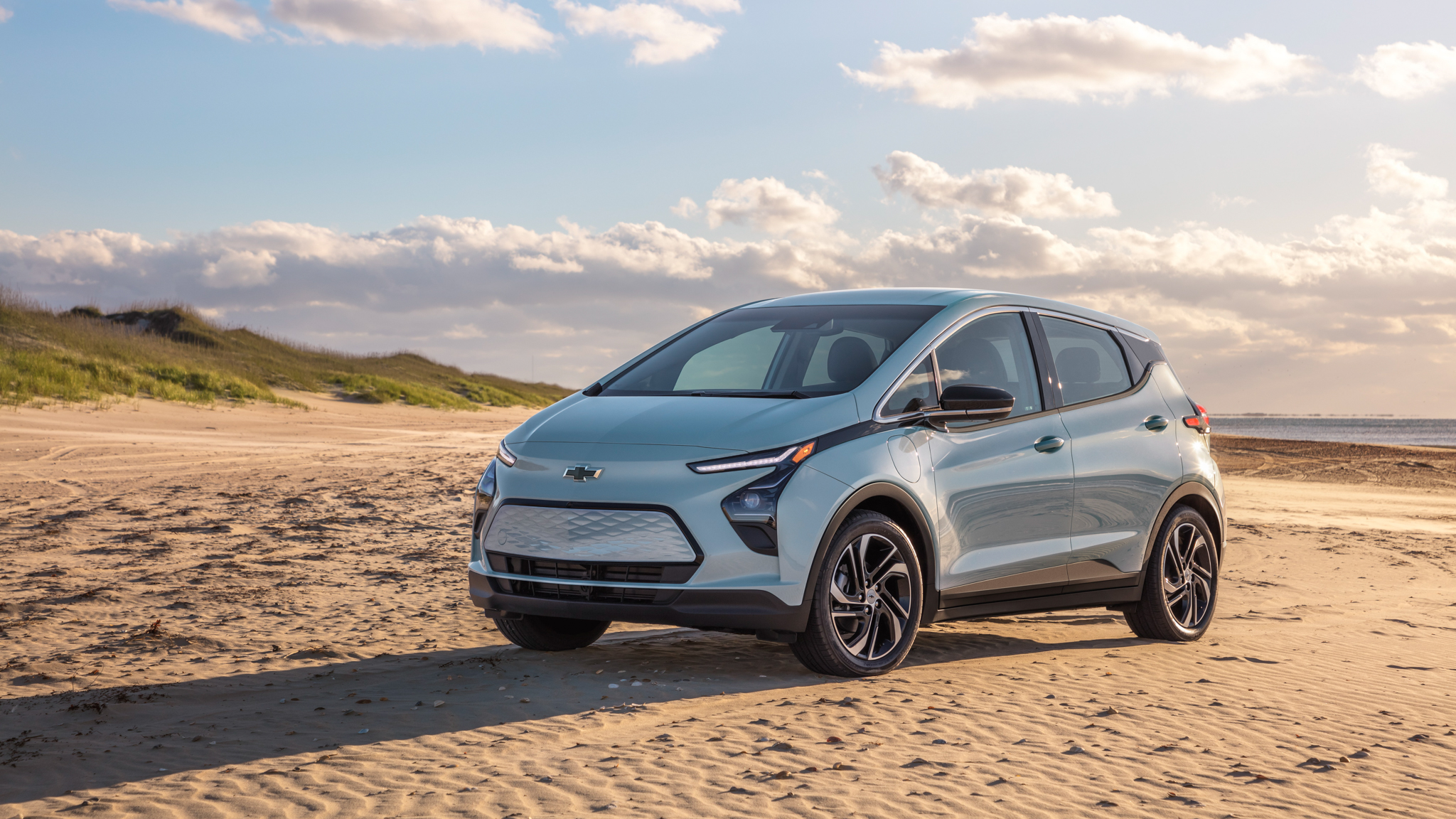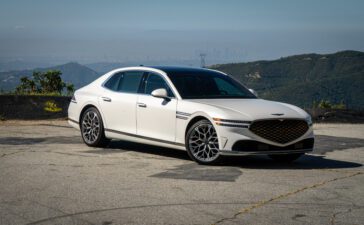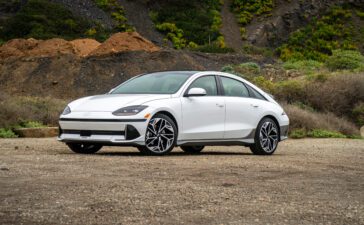It’s a new year, and the seemingly endless drumbeat of news around EV tax credit changes continues. New rules went into effect on January 1, changing the tax credit eligibility criteria yet again and drastically reducing the number of qualifying vehicles. At the same time, the updated rules now allow for a point-of-sale discount instead of waiting for a year-end credit. Here’s what you need to know.
First, the good news: The $3,750 and $7,500 EV tax credits can now be applied at the time of the sale rather than as a year-end tax credit. That will knock a significant chunk off the sticker price of a new EV purchase, including many 2024 Tesla models, and it alleviates the issue some people experience of not having enough of a tax burden to get the whole credit.
The bad news is that the number of new EVs qualifying for tax credits in early 2024 is much smaller than it was last year. Changes in the rules prioritize battery materials and components from North America, and cars with battery materials from a “foreign entity of concern” won’t qualify. While there are likely many foreign entities the U.S. government is concerned with, in this case, we’re talking mainly about China.
The list of qualifying vehicles includes:
- 2022-2023 Chevrolet Bolt EUV: $7,500
- 2022-2023 Chevrolet Bolt EV: $7,500
- 2022-2024 Pacifica PHEV: $7,500
- 2022-2024 Ford Escape PHEV: $3,750
- 2022-2024 Ford F-150 Lightning (Standard and Extended Range): $7,500
- 2022-2024 Jeep Grand Cherokee 4xe: $3,750
- 2022-2024 Jeep Wrangler 4xe: $3,750
- 2022-2024 Lincoln Corsair Grand Touring: $3,750
- 2023-2024 Rivian R1S Dual and Quad Large: $3,750
- 2023-2024 Rivian R1T Dual Large and Max: $3,750
- 2023-2024 Tesla Model 3 Performance: $7,500
- 2023-2024 Tesla Model X Long Range: $7,500
- 2023-2024 Tesla Model Y AWD and Performance: $7,500
- 2024 Tesla Model Y RWD: $7,500
Dealers have to register with the IRS to issue instant discounts, so it’s a good idea to reach out to your local store if you’re interested in stacking that tantalizing lease deal with a respectable government kickback. Additionally, while the list of qualifying vehicles is short now, automakers have to file documentation that proves their vehicles’ eligibility, so the number of models will grow as more companies submit their paperwork.
















